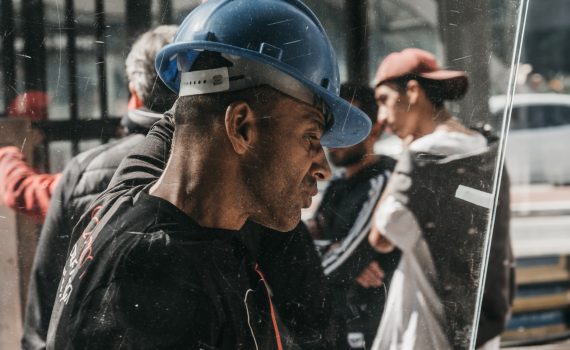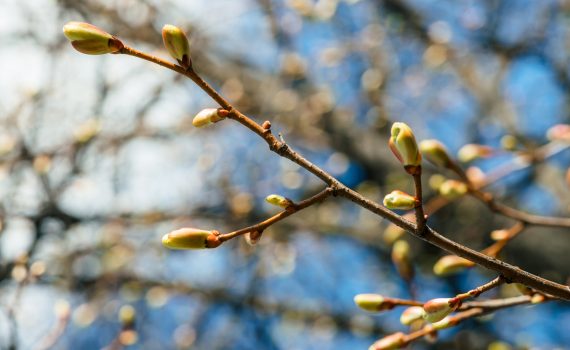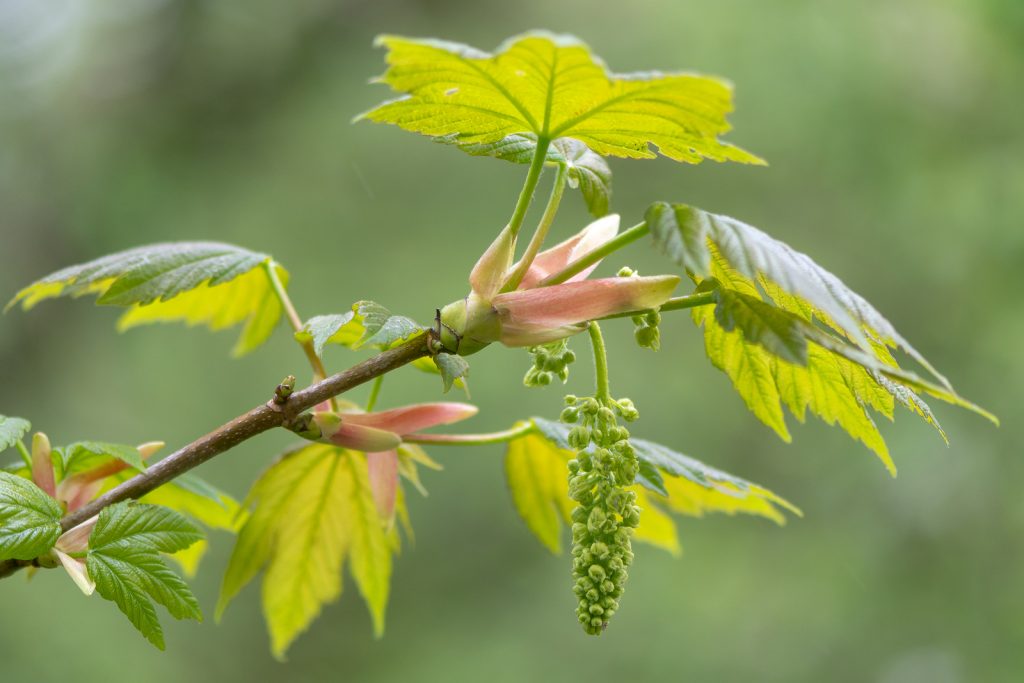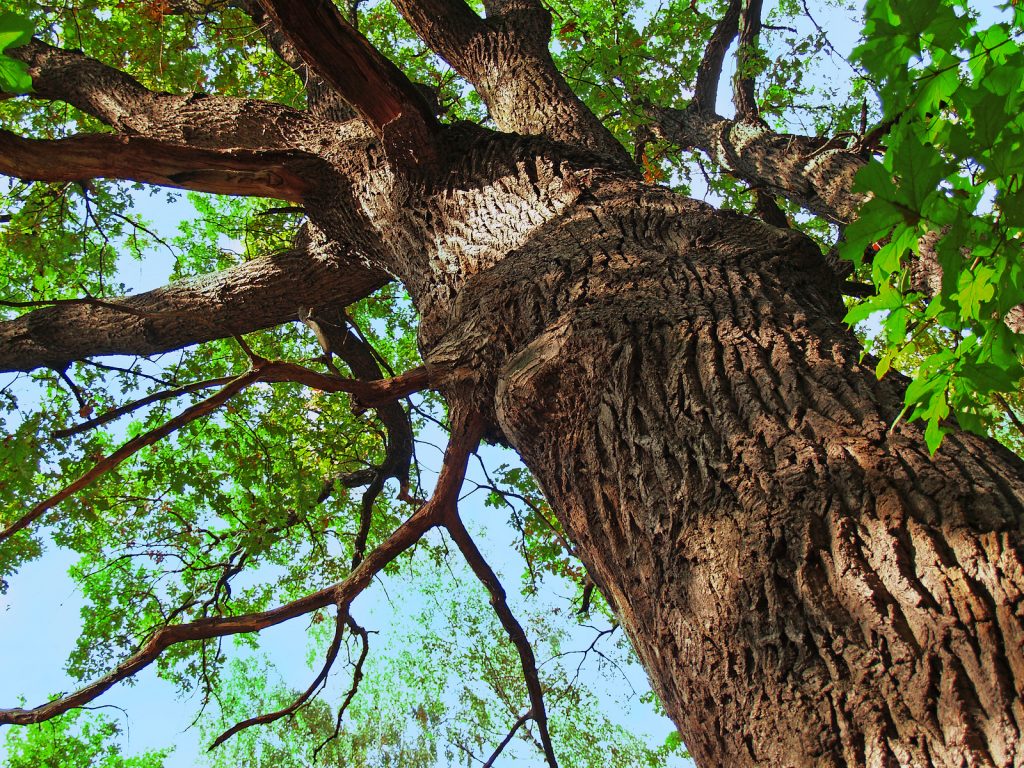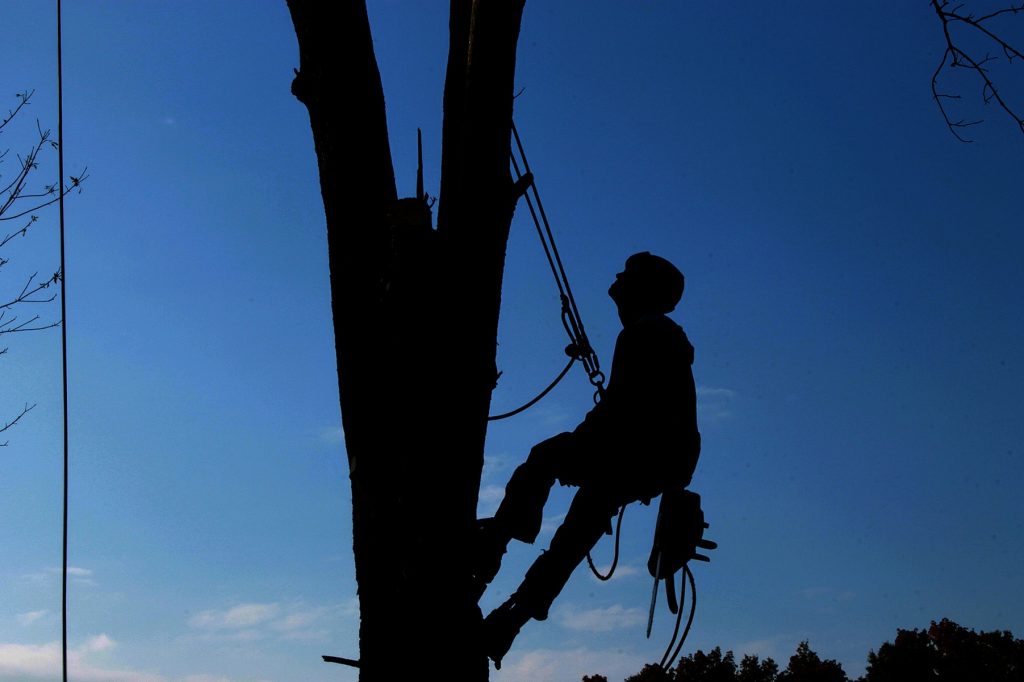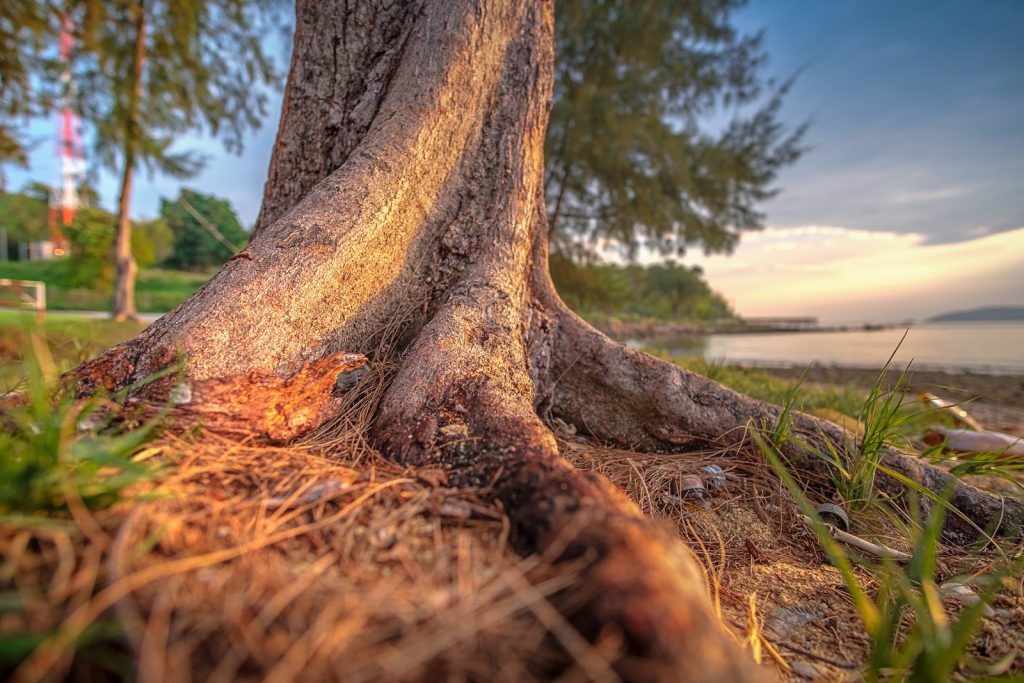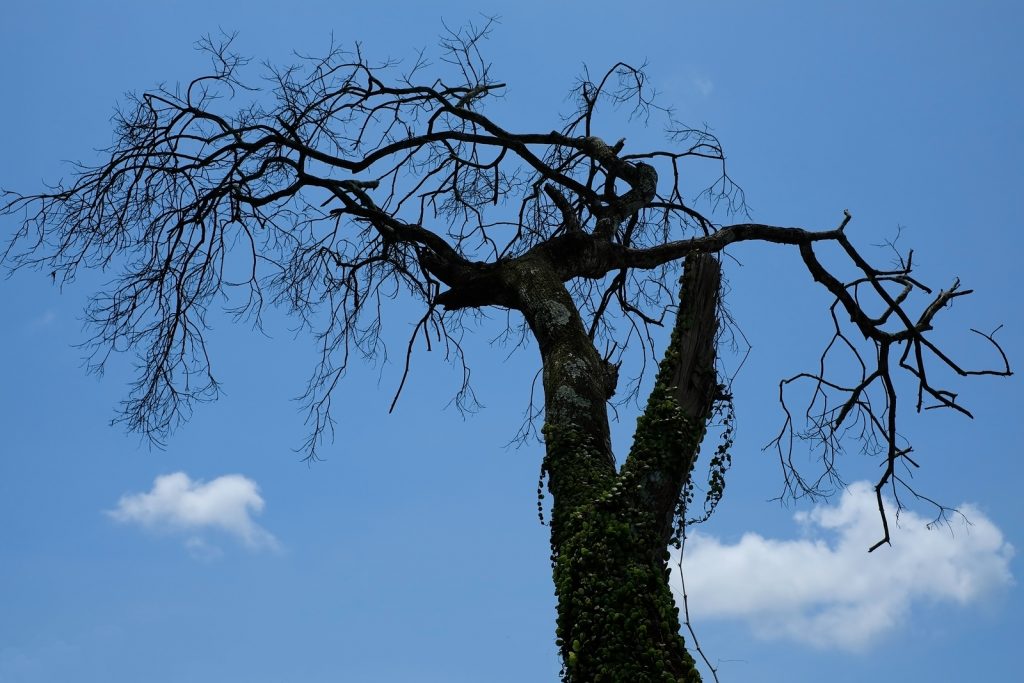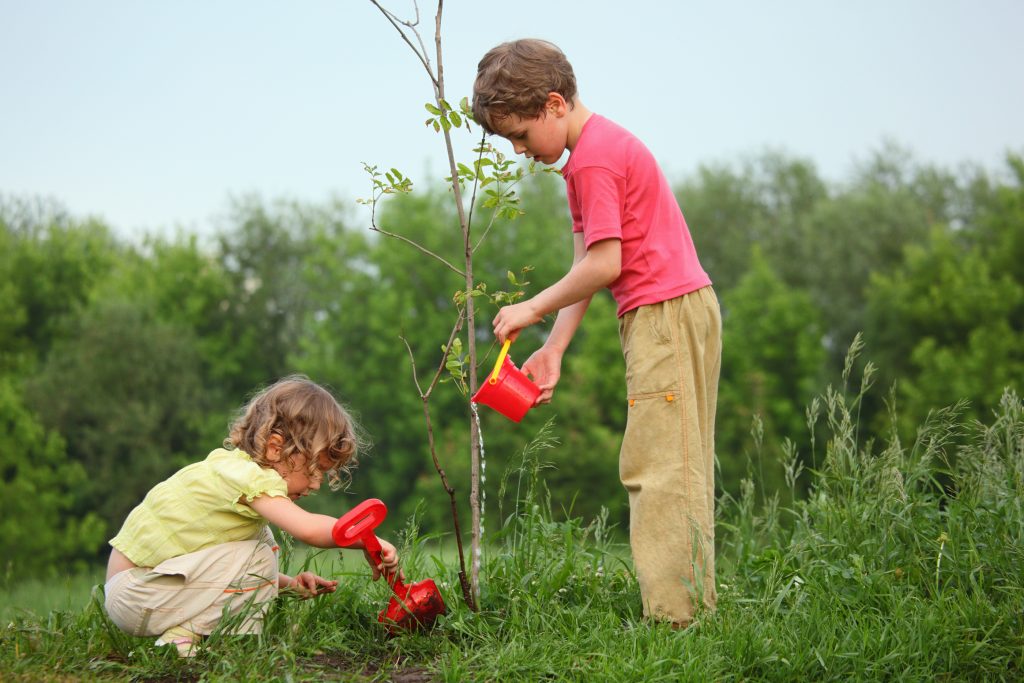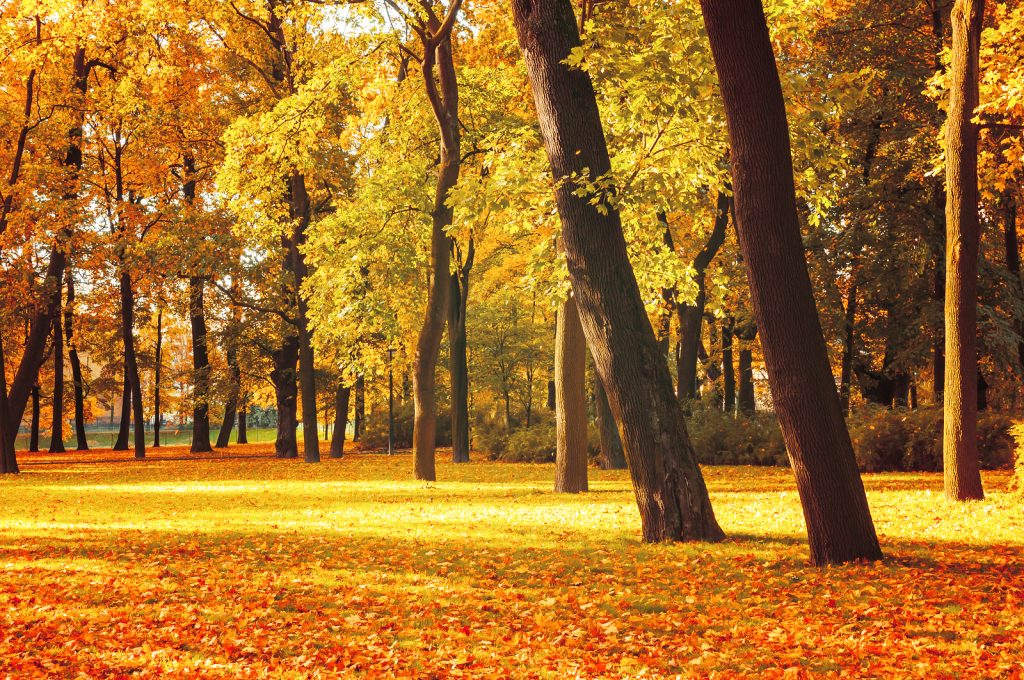Does it seem like a hassle to locate licensed, insured contractors for your jobs? Do you know that even when you hire what appears to be a quality contractor, they may be using staff that they hire and pay cash the same day?
It can seem appealing to hire day laborers, or companies that do hire them. Or maybe you want to hire a friend or neighbor? You may even know a cash worker to have completed projects like yours before. But there are also overwhelming unknowns when you work with cash paid contractors.
And all these problems are avoidable simply by hiring a reputable company with a full staff on payroll.
How Could It Go Wrong?
Off Payroll Staff Aren’t Traceable.
No paperwork means a worker can’t be held accountable for their mistakes, and has no incentive to perform their job at top quality. All they have to do is get through the day with the appearance of competence. The long-term quality of their work has no relevance to them.
Also, without documentation of exactly who the workers are, there’s no documentation that proves the staff has any safety or skills training, and no way to prove or disprove anyone working the project are qualified to do the work. When it can’t be demonstrated that the workers are qualified or unqualified, there’s very little incentive to be picky about who’s on a work crew.
Only Real Staff Get Quality Training
Employers have multiple incentives to train their staff well. The financial investment of on-the-job training, safety certifications, and ongoing skill training makes perfect sense when an employer is fostering a long-term relationship with their team.
But cash workers have no formal relationship to their company, foreman or crew leader. Why care if someone gets better at their job, knowing you may never see them again? As a result, the workers that take cash jobs rarely have anything more than the basic knowledge they need to complete a job. A job where nothing unusual happens, and nothing goes wrong.
You Have Liability
The liability for workplace injuries, damage to water, power, or sewage lines, or work that’s not up to code would normally fall on your licensed, insured contractors. When you’re working with whoever showed up that day to earn cash, then the liability is yours. Both the financial liability and the legal liability.
If you’re hoping your homeowners insurance will save you from paying medical bills and lost wages to an uninsured worker that gets hurt on your project, we’ve got bad news. Standard homeowners insurance or landlord liability insurance exempt damage caused by the knowing use of illegal or unlicensed contractors.
Landlords need to be aware of what their property managers are doing. When a property manager brings in an unlicensed or uninsured contractor, they are in danger. Courts have generally held both the property owner and property manager liable for anything that goes wrong.
Uncertainty that Licensed Insured Contractors Solve
If everything goes perfectly to plan, then insurance doesn’t matter, theoretically. If you’re willing to gamble your home or property on that unlikely event, then don’t worry I guess. But if you want to be sure you won’t suffer unnecessarily for mistakes or unforeseen challenges, you NEED to work with licensed, insured professionals.
Licensed and responsible contractors carry a lot of insurance, from contractors’ liability insurance to workers compensation insurance. All these different forms of insurance coverage ultimately protect the customer if things don’t go according to plan. It’s a requirement that to have a contractor’s license the applicant must carry a minimum level of insurance.
Sexy Trees is a licensed, bonded and insured Certified Arborist with a full staff of trained tree care specialists. For more information on finding a quality contractor, visit the Contractors State License Board.
 Bringing Sexy Back Into Your Yards
Bringing Sexy Back Into Your Yards 
